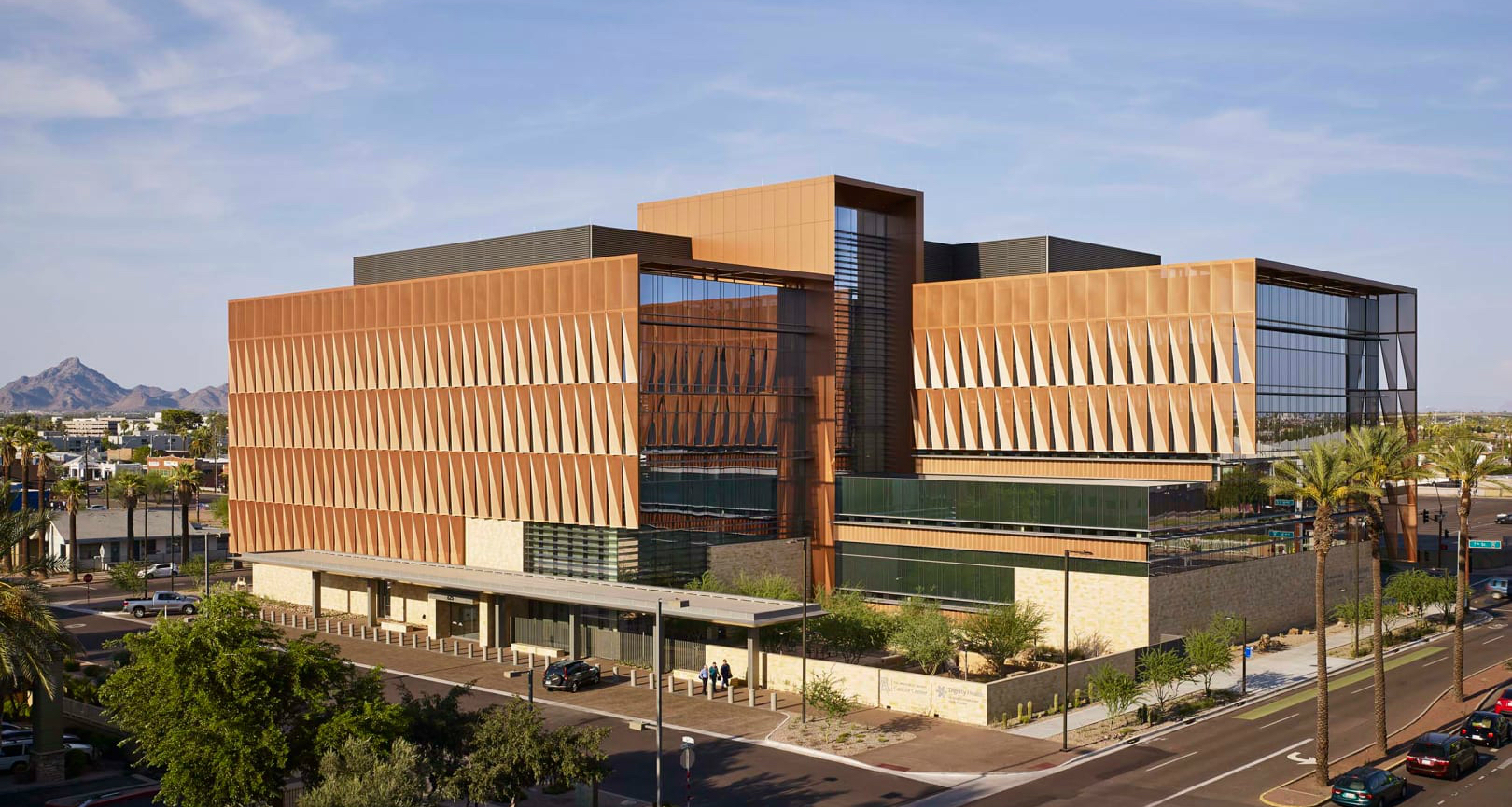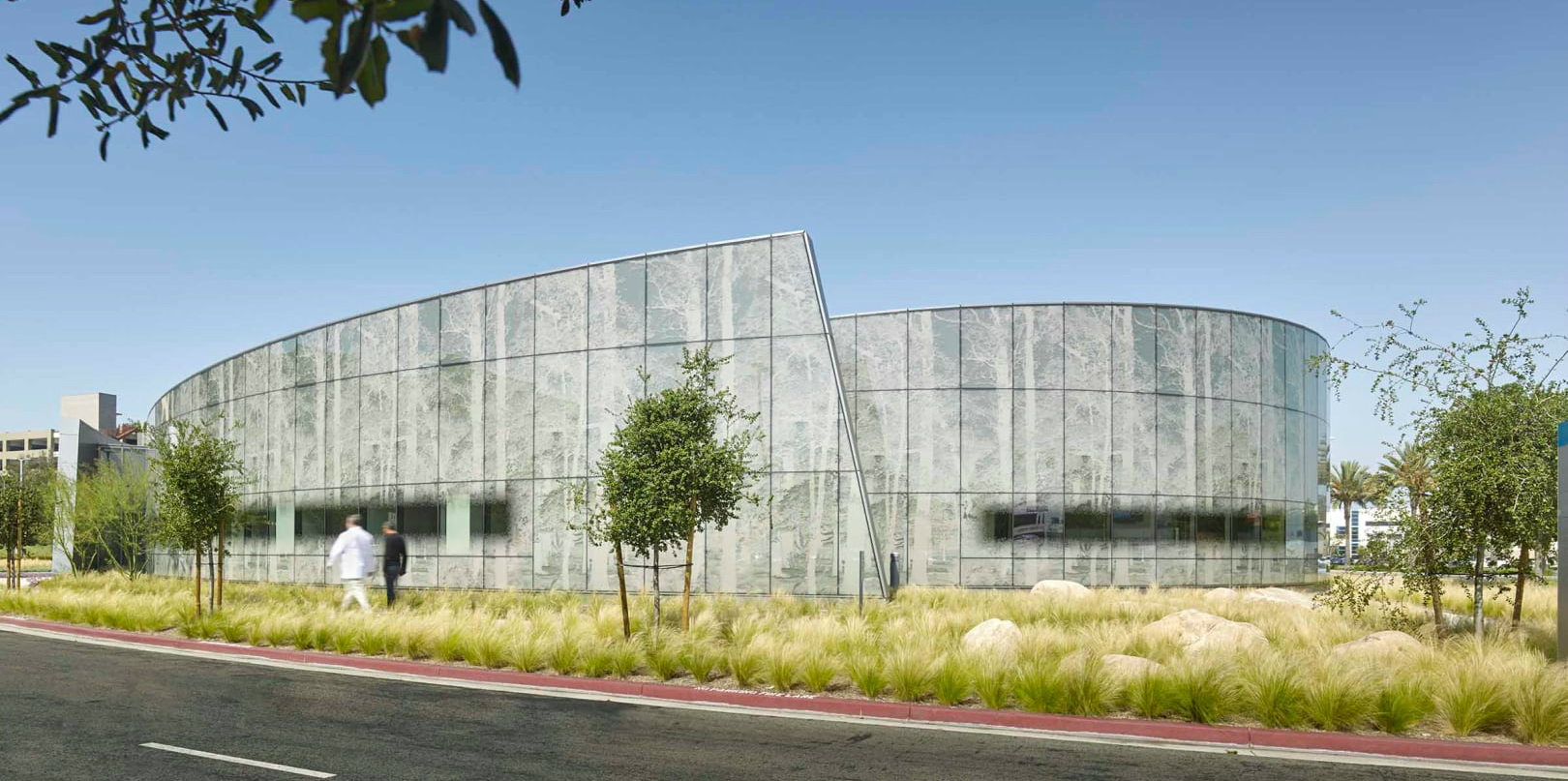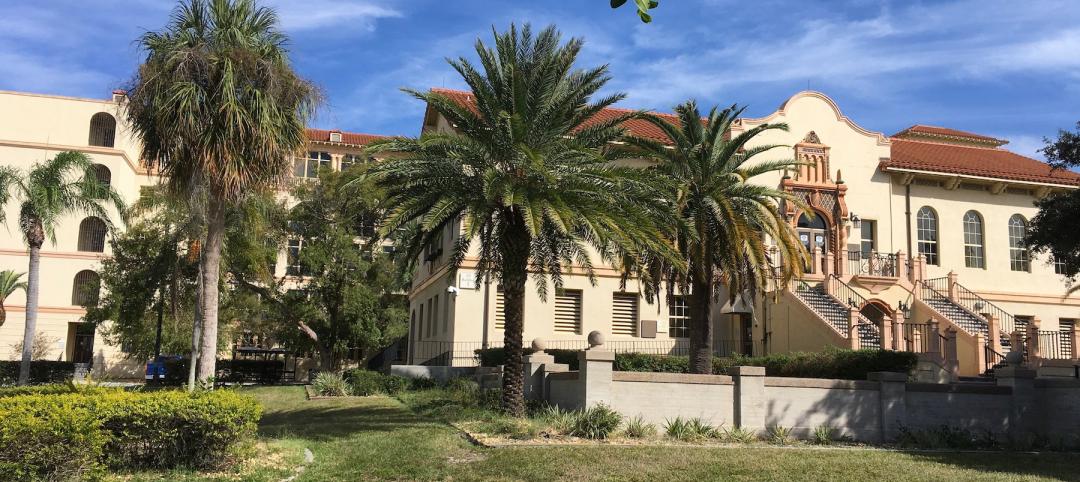The American Institute of Architects (AIA) Academy of Architecture for Health (AAH) has selected the recipients of the AIA National Healthcare Design Awards program. The program showcases the best healthcare building design and healthcare design-oriented research. Projects exhibit conceptual strengths that solve aesthetic, civic, urban, and social concerns as well as the requisite functional and sustainability concerns of a hospital.
Recipients were selected in four categories:
Category A: Built, Less than $25 million in construction cost
Category B: Built, More than $25 million in construction cost
Category C: Unbuilt, Must be commissioned for compensation by a client with the authority and intention to build (No projects were selected in this category this year)
Category D: Innovations in Planning and Design Research, Built and Unbuilt
(All images courtesy AIA. Click photos to enlarge. Click project names for more information and images.)
Category A
Kaiser Permanente, Kraemer Radiation Oncology Center | Anaheim, CA | Yazdani Studio of Cannon Design
The design for this LEED Gold radiation therapy building provides a highly supportive environment for the treatment and care of cancer patients. The challenge was to create an environment that reduces stress for patients and families and provides the best current technological infrastructure. The approach focused on the needs of cancer patients and their treatment schedules, which typically occur five days a week for five to eight consecutive weeks. The design provides a calming experience through the use of natural light, organic forms, outdoor views to nature, soothing interior colors, and an internal “Zen Garden” with a vibrant living wall garden.
Planned Parenthood Queens: Diane L. Max Health Center | Queens, New York | Stephen Yablon Architecture
For its first center in Queens, Planned Parenthood sought a facility that provided state-of-the-art care for one of the most diverse communities in the world. Since opening, the facility has ranked in the 99th percentile for patient satisfaction when compared to similar hospitals. The building’s contemporary design contrasts with its brownstone neighbors, establishing itself as a welcoming community institution. The sleek and light-filled interiors are uplifting and easy to navigate, reducing patient stress. A bold color system aids in orientation and livens up the center.
Category B
Memorial Sloan Kettering (MSK) Regional Ambulatory Cancer Center | West Harrison, New York | EwingCole
The efficient layout reduces the cost of healthcare delivery and supports both short- and long-term expansion possibilities at the West Harrison site for Memorial Sloan Kettering’s Regional Cancer Center. The challenge for the design team was converting what was a 1950s office building, with dated brick and metal panels and large floor plates, into a modern cancer center. The building not only accomplished LEED Gold status but also implemented healthy-building initiatives, such as specifying PVC-free products for both construction and design.
The Christ Hospital Joint and Spine Center | Cincinnati | Skidmore, Owings & Merrill LLP
The Christ Hospital sought to unify its main campus through a model for integrated, patient-centered joint and spine care. Skidmore, Owings & Merrill worked with patients, medical professionals, and hospital staff to design the new Joint and Spine Center. Inside the hospital, spaces for patients are filled with daylight, outside views are maximized to support well-being, and quiet spaces for family and staff are programmed with comfortable furnishings for conversation and rest. The building is LEED certified. Since opening, the facility has ranked in the 99th percentile for patient satisfaction when compared to similar hospitals.
 Photo: Nick Merrick / Hedrich Blessing Photographers
Photo: Nick Merrick / Hedrich Blessing Photographers
The University of Arizona Cancer Center (UACC) at Dignity Health St. Joseph’s Hospital and Medical Center | Phoenix | ZGF Architects LLP
The 220,000-sf UACC is intended to deliver care within an evidence-based, multidisciplinary model, using the most modern technologies. The building program includes spaces for radiation oncology, diagnostic imaging, endoscopy and interventional radiology, and exam and procedure rooms, along with a support and wellness center, a clinical pharmacy, and a healing garden. The building was designed to integrate the natural beauty of the landscape and address the needs of the UACC staff and patients for years to come. An exterior shade system and chilled beams greatly contributed to the sustainability of the facility.
University Medical Center New Orleans | New Orleans | NBBJ
University Medical Center provides New Orleans with critical safety-net care in a 1.5 million-sf facility built to withstand natural disasters. Features include inpatient services, cancer care, behavioral health and a Level 1 trauma center. The design promotes holistic healing, from landscaped courtyards to all-private inpatient rooms with natural light and in-suite bathrooms. Wide double-bays and sliding breakout doors enable swift action in treatment zones. Floor-to-ceiling windows in public spaces create transparency and uplifting views, while custom artwork and graphics throughout the hospital to honor New Orleans’ rich heritage. The project is Louisiana’s largest teaching hospital and training facility for physicians, nurses and allied health professionals.
Category D
Seattle Children's Hospital, South Clinic | Seattle | ZGF Architects LLP
Seattle Children's South Clinic advances the hub-and-spoke model of healthcare that brings outpatient services closer to patients in their communities. It offers more responsive care while reducing demand for acute care services. The clinic was designed with a focus on patient flow so providers can serve patients efficiently.
Located in the Seattle suburb of Federal Way and within a shopping center, the design adapts a former Circuit City store into a 37,000-sf outpatient clinic that houses urgent care, and occupational and physical therapy.
Related Stories
Healthcare Facilities | Dec 20, 2021
Stantec will design the new Queensway Health Centre
The project is located in Toronto.
Healthcare Facilities | Dec 16, 2021
Leo A Daly designs mental health clinic for veterans in Tampa
The new facility will consolidate all mental health services the VA offers into one clinic.
Healthcare Facilities | Dec 15, 2021
COVID-19 has altered the speed and design of healthcare projects, perhaps irrevocably
Healthcare clients want their projects up and running quicker, a task made more complicated by the shortage of skilled labor in many markets.
Healthcare Facilities | Dec 15, 2021
MEP design considerations for rural hospitals
Rural hospitals present unique opportunities and challenges for healthcare facility operators. Oftentimes, the infrastructure and building systems have not been updated for years and require significant improvements in order to meet today’s modern medical demands. Additionally, as these smaller, more remote hospitals are acquired by larger regional and national healthcare systems, the first step by new ownership is often to update and rehabilitate the building. But how can this be done thoughtfully, economically, and efficiently in ways that allow the engineering and facility staff to adapt to the changes? And how can the updates accurately reflect the specific needs of rural communities and the afflictions with which these areas most commonly face?
Healthcare Facilities | Dec 7, 2021
Wheeler Kearns Architects completes Howard Brown Health’s Broadway Youth Center in Chicago
The new facility will provide medical and social service programs to LGBTQI+ youth.
Healthcare Facilities | Nov 23, 2021
Why vertical hospitals might be the next frontier in healthcare design
In this article, we’ll explore the opportunities and challenges of high-rise hospital design, as well as the main ideas and themes we considered when designing the new medical facility for the heart of London.
Healthcare Facilities | Nov 12, 2021
Centro Hospitalario Serena Del Mar is Safdie Architects’ first project in Latin America
The hospital project is characterized by its connectivity to nature.
Healthcare Facilities | Nov 2, 2021
Key design considerations for designing the smart patient room
The complete patient experience encompasses the journey to the hospital, the care experience, and the trip back home. All these touchpoints come with an expectation.
Cladding and Facade Systems | Oct 26, 2021
14 projects recognized by DOE for high-performance building envelope design
The inaugural class of DOE’s Better Buildings Building Envelope Campaign includes a medical office building that uses hybrid vacuum-insulated glass and a net-zero concrete-and-timber community center.
Healthcare Facilities | Oct 22, 2021
The VA is updating what once was the main hospital on a Florida medical campus
The renovated Building One will provide outpatient services.























